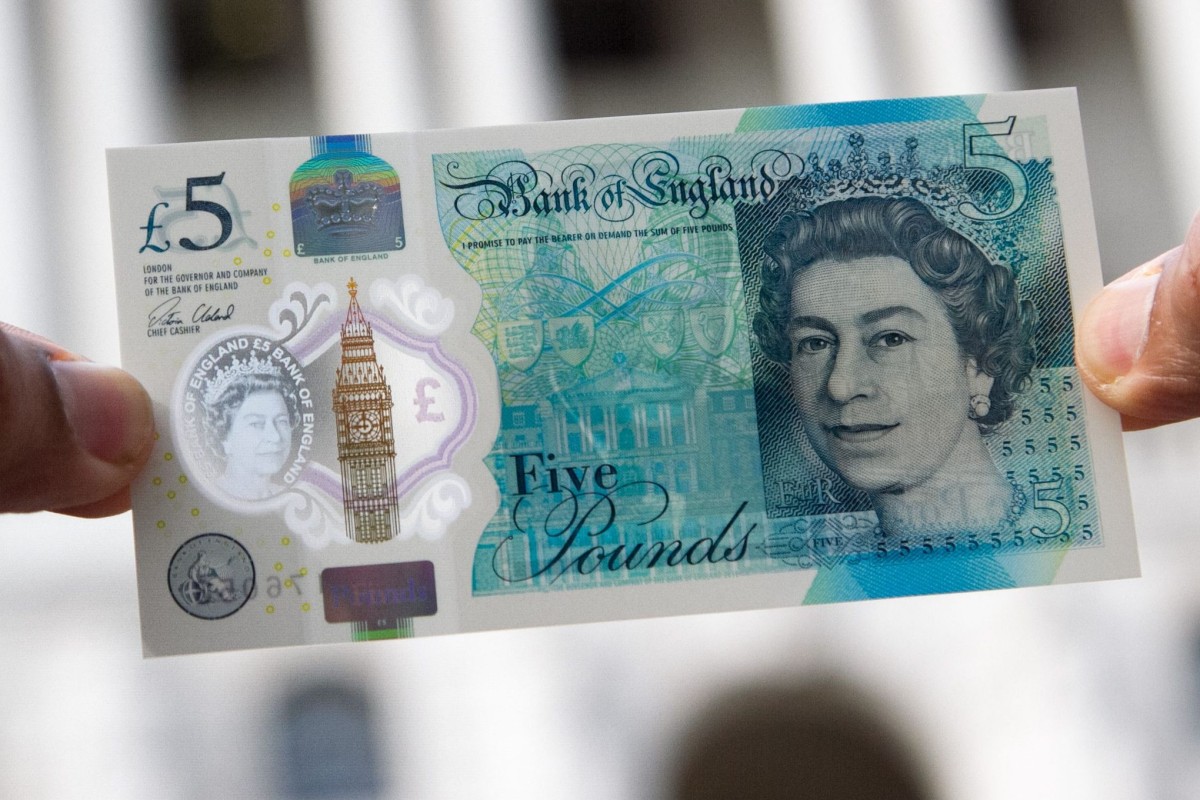How to Spot a Fake 5 Pound Note?

The new fiver is now in circulation with the first major redesign for nearly 30 years hitting our wallets.
As well as former Prime Minister Winston Churchill replacing Elizabeth Fry, there’s another significant change in that the new £5 note is printed on polymer – a thin flexible plastic material – rather than paper.
Each new note is said to be able to last 2.5 times longer than the old paper notes, which were susceptible to being torn, chewed, washed or contaminated as well as being accidentally set on fire.
As the new notes look and feel different to the fivers we’ve been used to handling, the Bank of England have released a quick guide to make sure that we’re not being short changed by fake £5 notes and other currency.
How can you spot a fake five pound note?
- - Check the see-through window with a portrait of the Queen
- - Look for a golden Big Ben on the front, and a silver one on the back
- - Check that the foil patches change from ‘Fiver’ to ‘Pounds’ once tilted
- - Check that the coronation crown appears 3D
- - Look for the word BLENHEIM in the circular green foil patch on the back
If you’re still struggling to pick out these features then the Bank of England Banknotes app is free to download and gives you the chance to view all current banknotes and their unique security features.
Existing £5 notes will be phased out by May 2017, whilst new polymer £10 and £20 notes are due to be issued by 2017 and 2020 respectively.
Find out about Addmaster's anti-counterfeit Verimaster technology HERE
← Back to blog



